Drones are no longer just for epic aerial shots or helping your neighbor’s lost guinea pig. They’re revolutionizing agriculture, and the latest buzz is their role in pasture weed management.
At the UF/IFAS Range Cattle Research and Education Center, researchers like Dr. Brent Sellers and Dr. Tenzy Mncube are putting drones to the test, spraying herbicides from the sky to tackle pesky weeds like dogfennel. Could this be the future for farmers battling invasive plants? Let’s dive in!
Drones vs. Weeds: A High-Flying Solution
Picture this: a drone zipping over a pasture, spraying herbicide with the precision of a DJI Mavic 4 Pro nailing a cinematic shot. That’s what’s happening at the UF/IFAS center in Ona, Florida. Drones are being used to apply herbicides like DuraCor and Pasturegard HL at a mere 2.5 gallons per acre (GPA), compared to the 20 GPA of traditional ground sprayers. Why does this matter? Less water means less weight, so drones can cover rough terrain where tractors fear to tread.
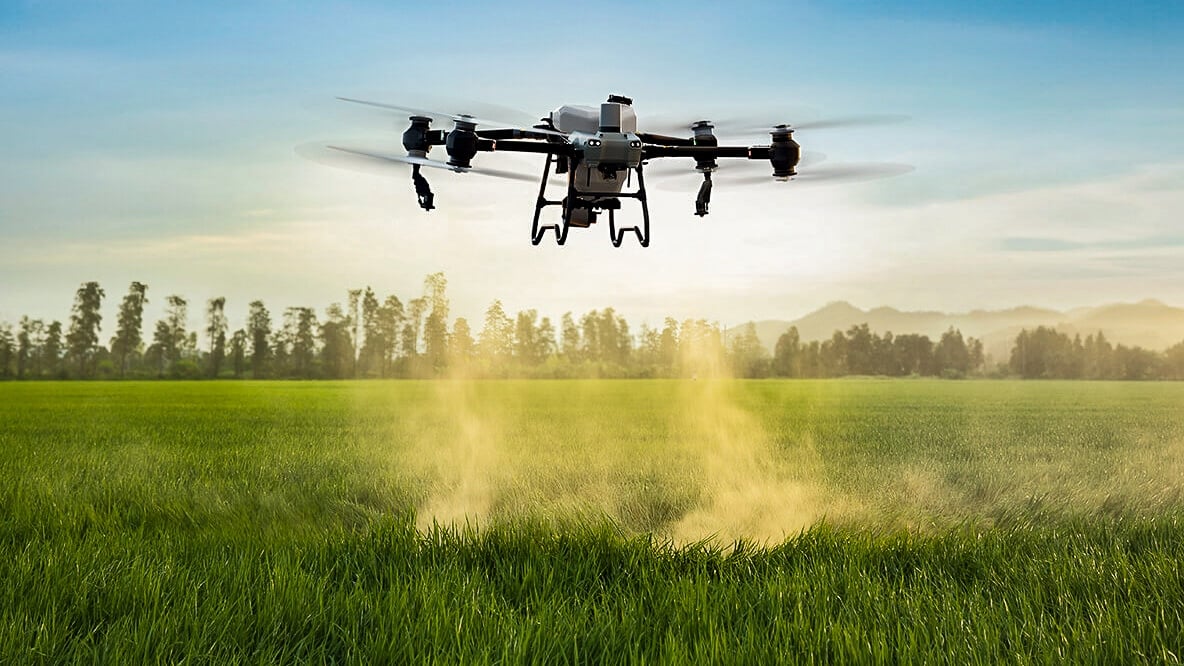
The results? No visible difference between drone and ground applications at one and two months post-treatment. Even towering 7-foot dogfennel in an abandoned citrus grove didn’t stand a chance. Drones are proving they can match ground sprayers, and they’re doing it without tearing up the soil or getting stuck in hog-rooted mud pits. For farmers, this could mean faster, cleaner weed control.
Why Drones Are a Farmer’s New Best Friend
Drones aren’t just about spraying; they’re about working smarter. Traditional sprayers are like the old pickup truck you love but can’t TRUST on a steep hill. Drones, on the other hand, are like your trusty DJI Mini 3—nimble and ready for action. They can hit hard-to-reach spots, like rocky slopes or swampy patches, without breaking a sweat (or an axle). Plus, they save wear and tear on ground equipment, which is music to any farmer’s ears.
The UF/IFAS team is also eyeing cost savings. Drones might let farmers use less herbicide, potentially cutting rates without sacrificing results. Sure, drone spraying costs about $5 more per acre than ground methods, but the trade-off is access to tough terrain and less equipment damage.
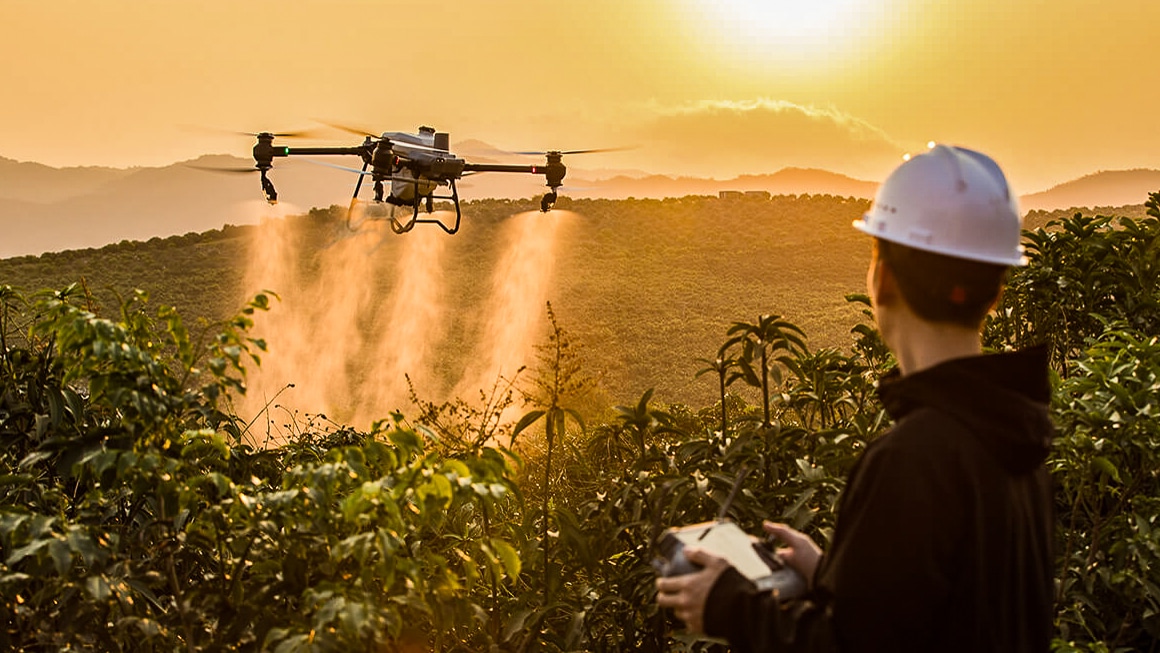
And let’s be honest—who wouldn’t want to control a drone from the shade of their truck instead of wrestling a sprayer through a muddy field?
The Future of Drone Weed Warfare
The research isn’t done yet—Dr. Sellers and his team want another year of data before making bold claims. But the potential is huge. Imagine drones with AI-powered cameras spotting weeds like Palmer amaranth or Canada thistle, then zapping them with pinpoint accuracy. Companies like Precision AI are already working on “see-and-spray” tech, where drones identify and treat weeds in real time. It’s like giving your DJI drone a PhD in botany!
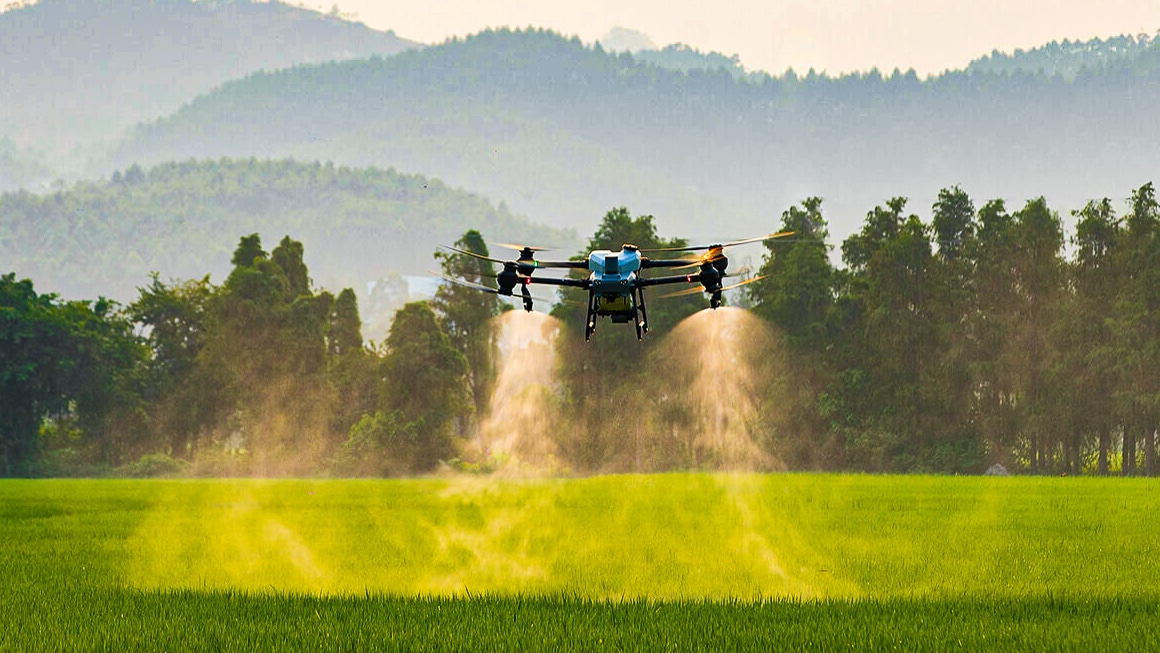
This could be a game-changer for sustainable farming. Drones use less water and herbicide, reducing runoff and environmental impact. They also support the #DronesForGood movement, helping farmers protect their pastures while keeping the land healthy. As drone tech improves, we might see bigger tanks (like the 30-liter DJI Agras T30) or even battery breakthroughs, making drones the go-to tool for weed control.
My Take: Drones Are the Future, but Let’s Fly Smart
As a UAV pilot who’s flown a DJI Matrice 300 over Ecuador’s jungles and volcanoes, I’m stoked about drones tackling weeds. Here in Ecuador is very common now to see a lot of DJI Agras flying over the crops of plantain and banana. Not only for the water saving, but these drones actually save lives. Some years before, most plantain crops were sprayed from planes that fly really -dangerously- low. Many accidents happened and many pilots lose their lives. Now we can do the same work without risking human lives.
That said, I’ve got a word of caution. Drones are powerful, but they’re not toys. Spraying herbicides means following strict FAA rules and checking herbicide labels to ensure aerial use is allowed. One wrong move, and you’re not just losing your Part 107 license—you’re risking crop damage or a neighbor’s wrath. I’ve had my share of close calls, like dodging a curious hawk mid-flight, so trust me: plan your flights like you plan your shots.
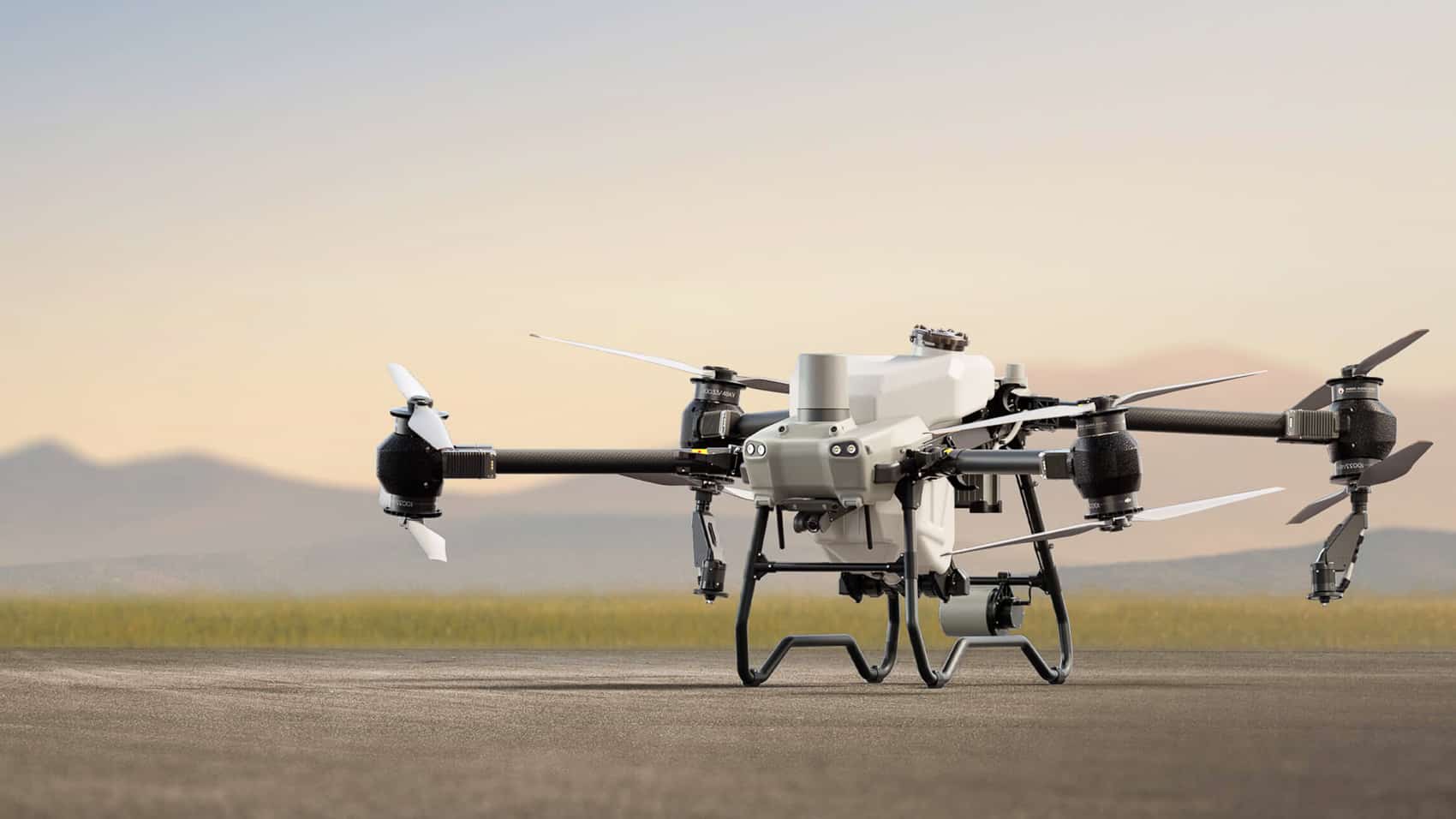
For my fellow drone enthusiasts, this is a call to action. Let’s embrace this tech to help farmers, protect pastures, and keep the #DronesForGood vibe alive. Whether you’re flying a DJI Phantom or dreaming of an Agras T50, the future of weed management is in the air. So, grab your controller, check your batteries, and let’s make farming as epic as a sunset drone shot over the Andes!
Photographs courtesy of DJI
Discover more from DroneXL.co
Subscribe to get the latest posts sent to your email.
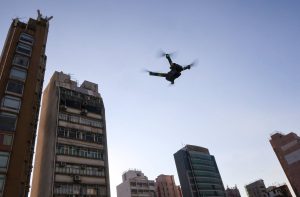
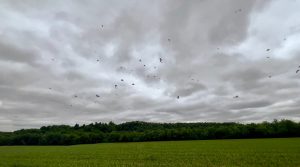
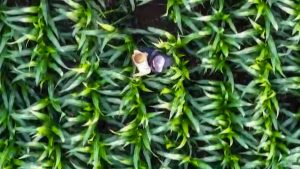
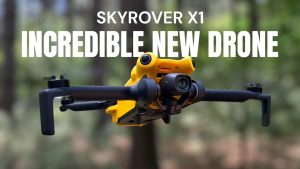
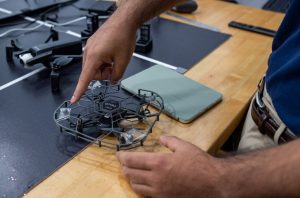

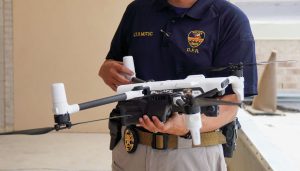
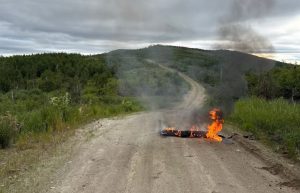

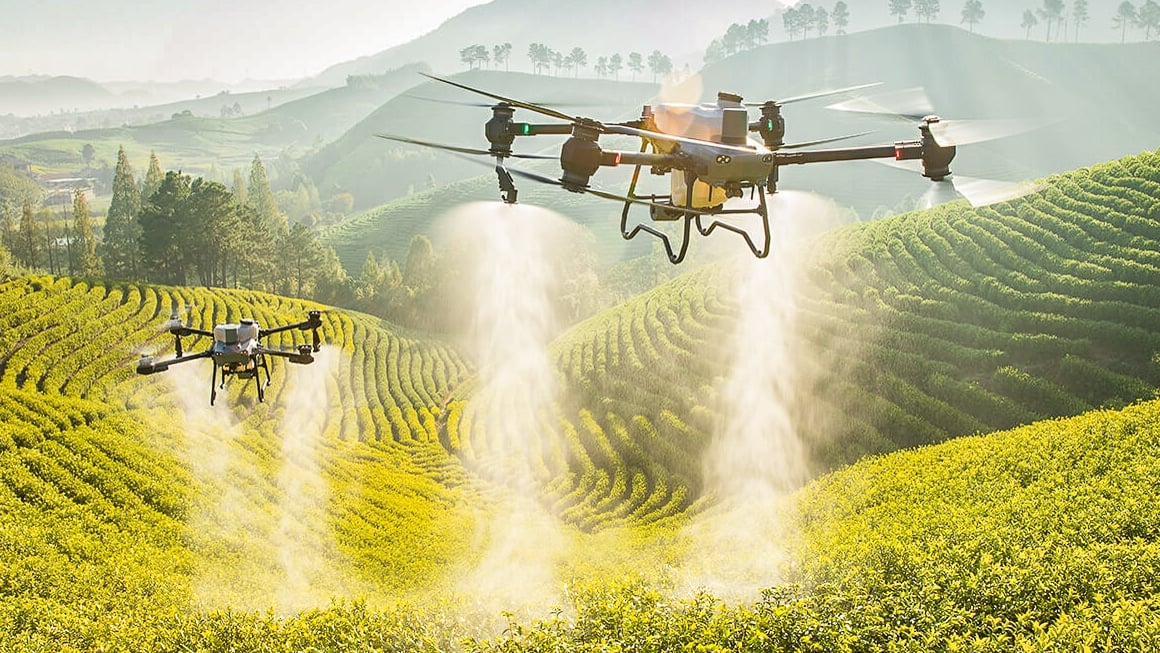


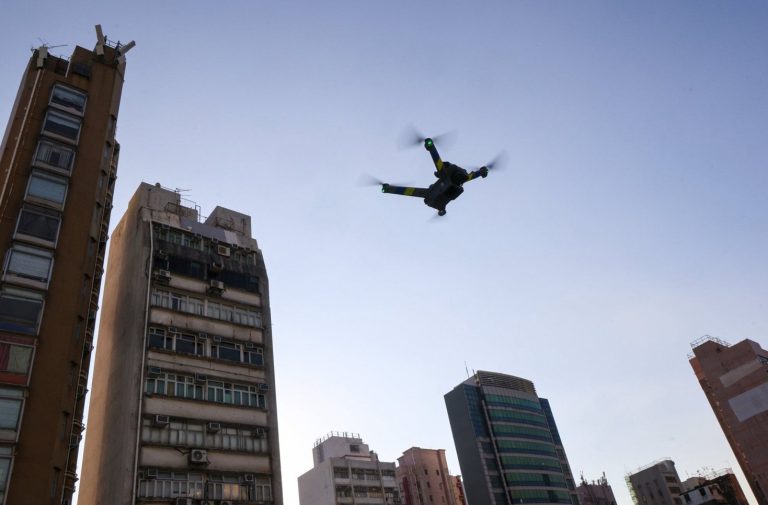
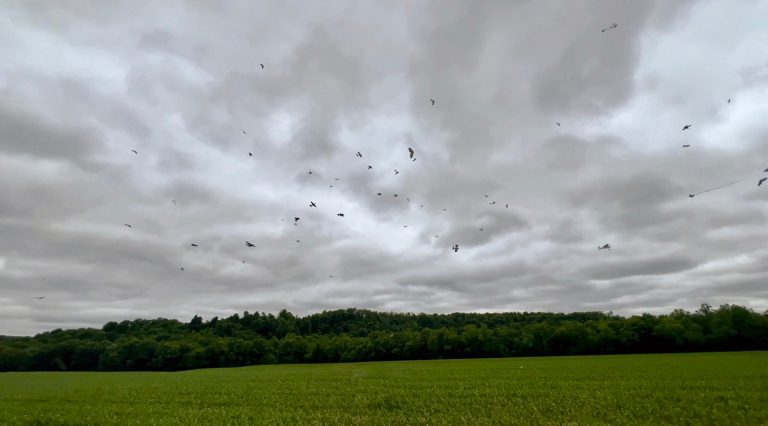
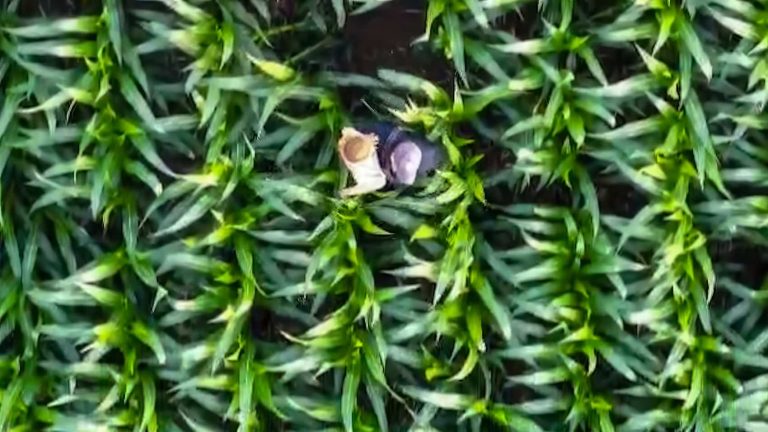
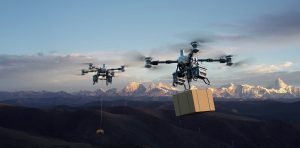
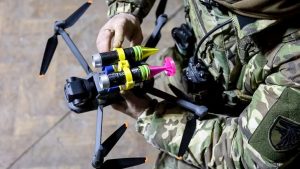
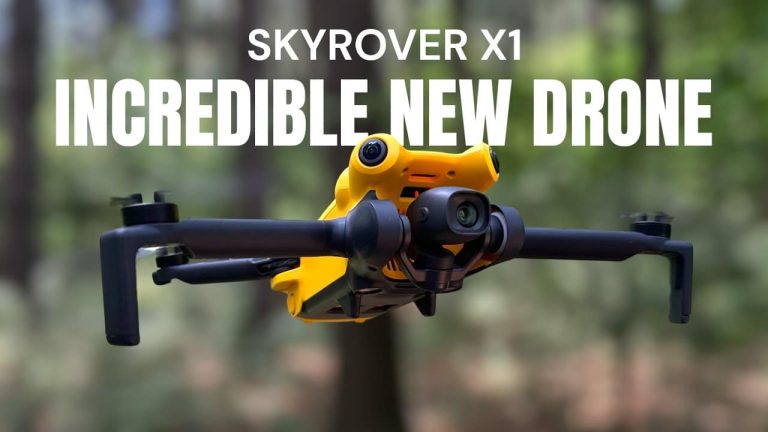
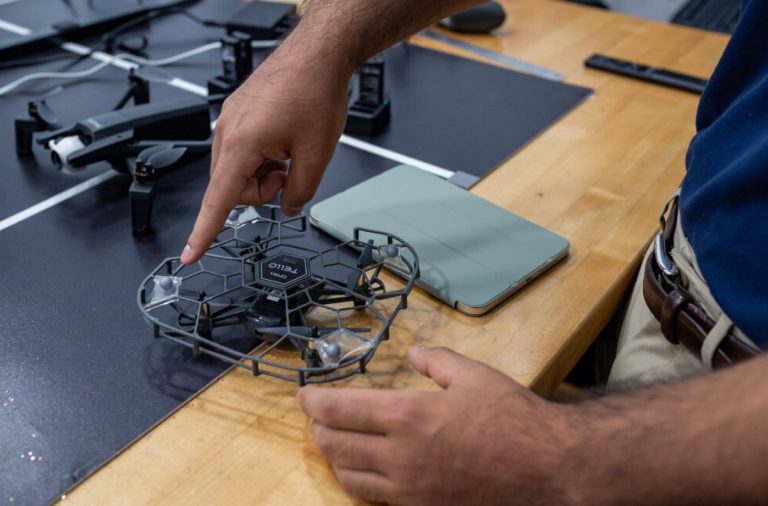
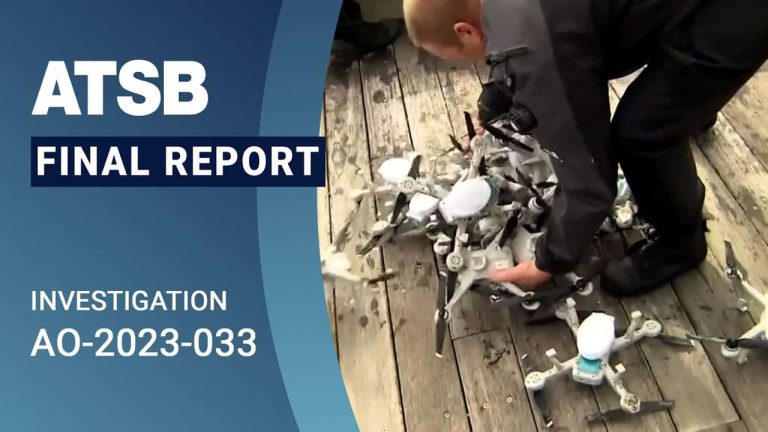
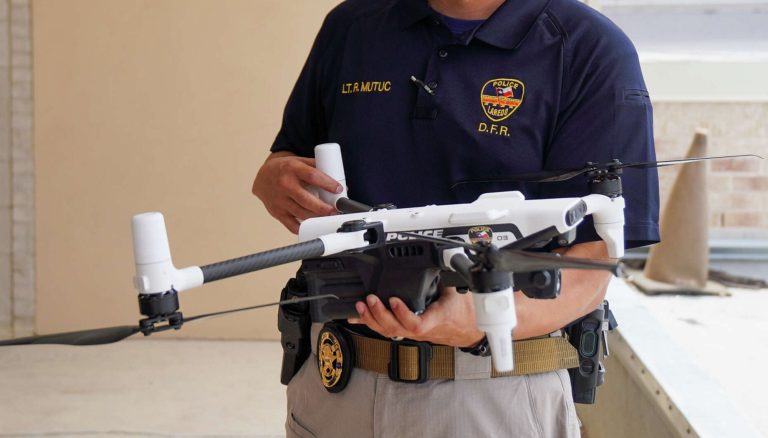
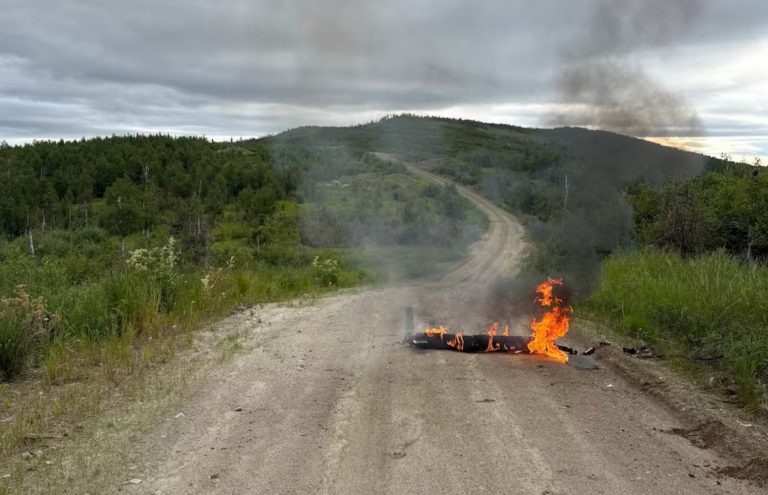
+ There are no comments
Add yours